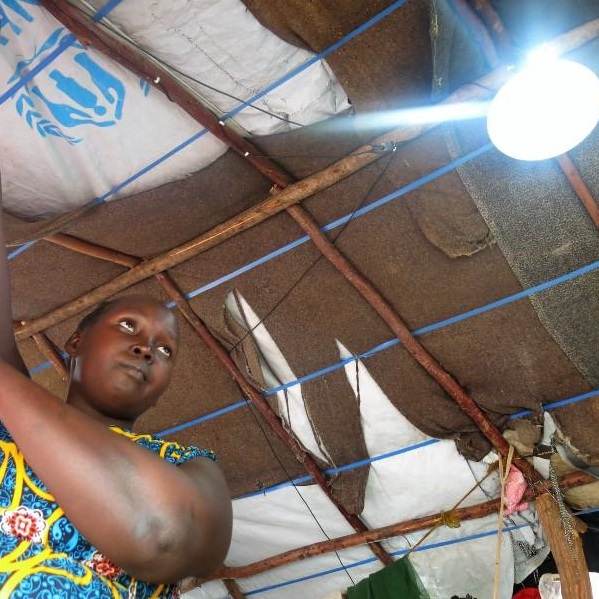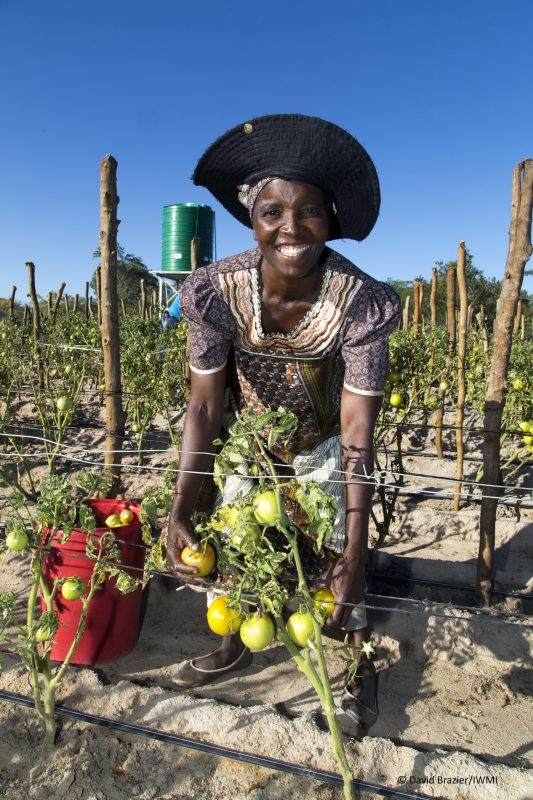The Brighter Futures project, funded by the Old Dart Foundation and partnered with the Ministry of Education and Amazonas and Puno’s regional governments, is lighting up the future of education in rural Peru through a bilingual, intercultural, technological and sustainable school model.
Project overview
Title: Brighter Futures. Making quality education a reality in rural schools in Peru
Dates: November 2019 – October 2022
Location: 5 communities in Condorcanqui, Amazonas and 4 communities in Huancané, Puno – Peru
Our role: We’re problem solvers, bringing together the institutions that can make the 16 schools the seed of inclusive, just, sustainable education for all children in rural areas of Peru.
Participants: 700 students and 14 teachers in 16 schools are part of the pilot intervention. Through the educational apps, 225k students from indigenous communities.
Project Budget: 1.2 million GBP
Aim: Energy that transforms
Partners: Ministry of Education, regional governments of Amazonas and Puno, educational communities of the 16 educational institutions, local authorities, among others.
Lead Donor: Old Dart Foundation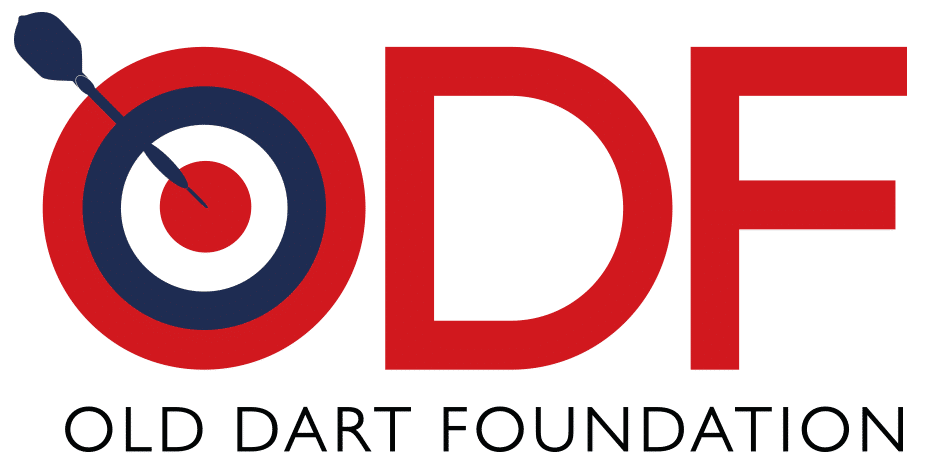
“The dream is big, but I believe that this project will leave its mark, and it will have sustainability in the future (…) so that our children will be the ones to guide the development of our district, our province, our region, and why not, our country as well”.
Víctor Choquetico, head of the school in Paria Ocopampa, Puno
Context
The Brighter Futures project provides better educational services to children from native communities in rural and border areas. It works with 8 schools in Puno and 8 schools in the Amazonas, all located far away from electrical networks that deem these schools too costly to be reached, aiming to create a roadmap for national public schools in rural areas.
Parents and teachers from the Aimara, Awajún and Wampis communities will actively operate and maintain the sustainable energy, connectivity, sanitation, information and communication technologies that power up the schools. The knowledge created by the community and the project team will be passed from generation to generation, given that the school curriculum will incorporate environmental education, with a focus on circular economy and renewable energy.
Due to the pandemic and the increasing importance of remote learning, educational apps in native languages will be available for the 16 schools and a further 225k children in indigenous communities throughout the country who need access to education.
Our approach
This project will help children in rural communities access a safe, healthy and stimulating learning environment that allows them to achieve their full potential.
Our school model, which offers a sustainable alternative to communities in remote locations, has the potential to transform the lives and futures of over a million children and their families struggling to receive a quality education. Moreover, the roadmap for schools in rural areas, designed at regional and national levels, enables this model to be replicated with private and public funds, generating positive outcomes beyond its initial reach.
Authorities, teachers, and communities all have a part to play in improving the learning and teaching conditions, working together to draft a model that can be replicated with the support of public and private funds, and working together towards an inclusive, fairer future.
Our goals
- Students improve their learning results, health behaviours and digital skills in safe environments, equipped with access to energy, connectivity, water and sanitation technologies.
- Teachers expand their skills, incorporating digital educational resources and advice that promotes students’ development, learning, and health behaviours.
- Educational resources in native languages are available for all students in Peru.
- Parents, teachers, principals, and officials actively improve the school, generating useful information for decision-making.
- A National Strategy in collaboration with the project will benefit schools from 29 provinces and 84 districts located in border areas where 1 million and a half inhabitants live from 39 indigenous or native populations.
-
Achievements in 2020-2021
The project has created alliances and extended its reach beyond its initial communities in just over a year. Collaboration between different levels of government, the private sector, and families leads to long-lasting solutions to address the obstacles associated with rural schooling. In addition, the project contributes to the development of a school model that supports access to quality education and basic services.
Alliances for a bigger change
- Signed agreements with the Ministry of Education, Regional Governments of Puno and Amazonas, Local Educational Management Unit of Condorcanqui and Huancané.
- Alliances with Inter-American Development Bank, Empresarios por la Educación (ExE) and DirecTV.
Joining efforts through community bonds
- 10 local management committees were formed and outlined their roles, with the participation of 56 representatives of the family-school-community trinomial.
- 321 socio-educational actors sensitized (47% men and 53% women), including teachers and principals, parents, AMAPAFA members, leaders, authorities and community members, local management and oversight committees, among others.
Learning in native languages
- 60 teachers trained in native Quechua and Aymara languages.
- With the Intercultural Bilingual Education Directorate of the Ministry of Education, we’re working on the first educational apps for girls and boys from intercultural bilingual schools. These will allow them to learn communications and mathematics in their mother tongue and will help them learn Spanish as a second language.
- 2 finished apps for the primary grade are already being used by 698 Awajún, Wampis and Aymara children.
Better access to basic services
- Design of technical files for water, toilets and sanitation, photovoltaic systems, solar thermal systems, nurseries and bio gardens in progress.
Sustainable Development Goals
Brighter Futures contributes to progress against four of the 17 SDGs.
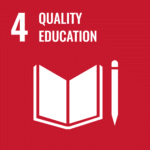
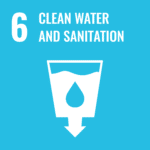
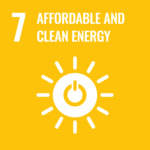
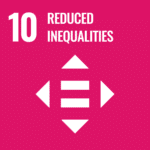
Work like this depends on your support
Help us work with communities to tackle some of the world’s toughest problems


